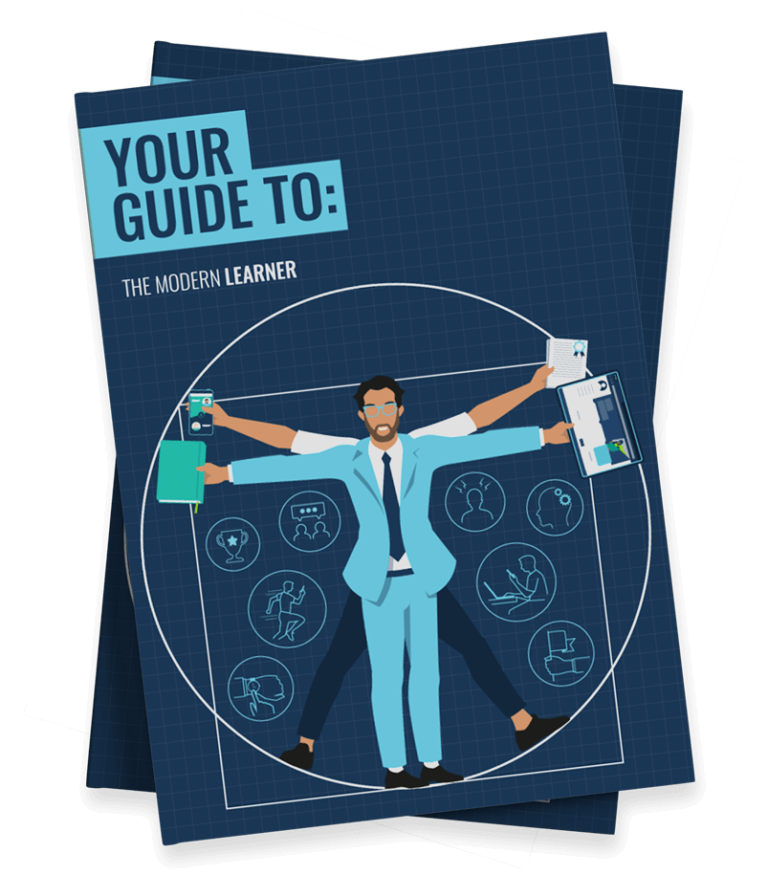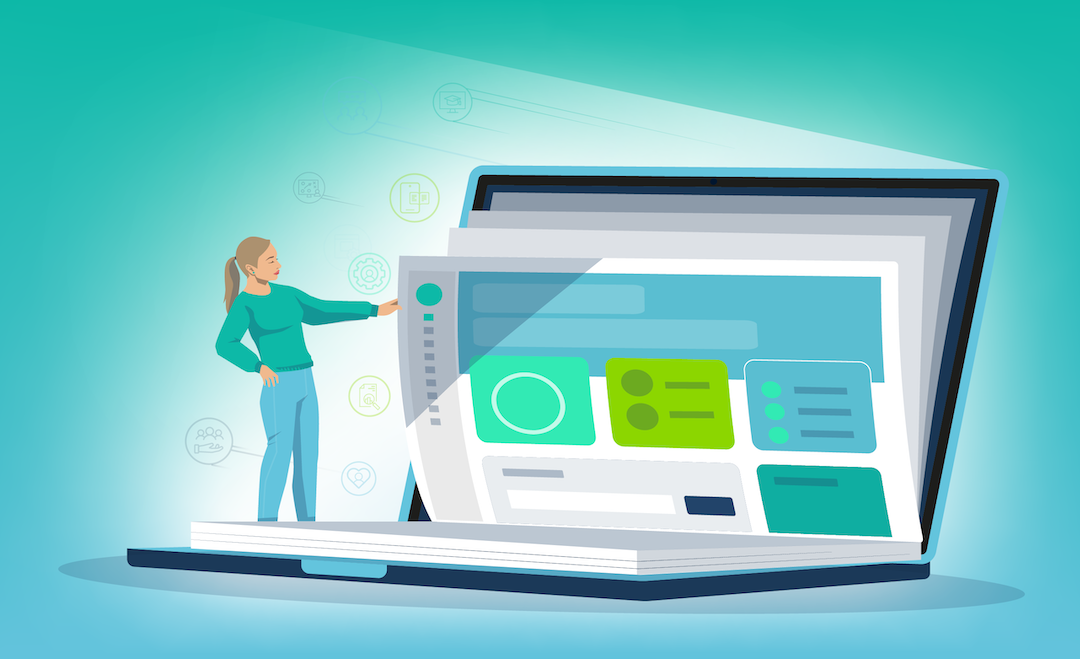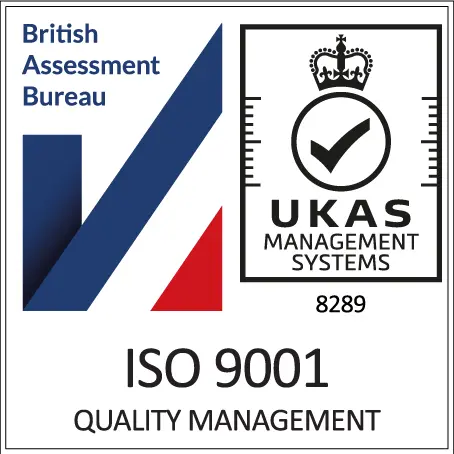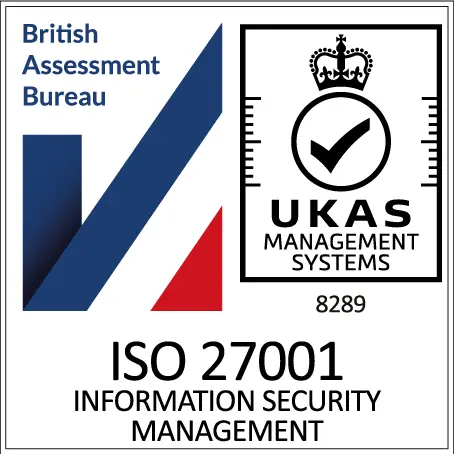Advances in technology and the rise of social media have had an immense influence on the learning and development landscape. This has slowly but surely decreased our reliance on formal learning experiences. Suddenly, informal learning seems to be all the rage.
As a result, we often hear the question, ‘what is better, formal or informal training?’
While there is no wrong or right answer to this big question, it is worth exploring further. After all, comparing the two approaches can support you in identifying the best way forward for your training programme.
With this in mind, our article will help you to understand formal learning better. We will explore the definition, characteristics, benefits, implementation and tools.
So, grab your suits and ties and let’s get started!
Definition of Formal Learning

Traditionally, formal training occurs in organised environments, such as schools, universities and training institutions. And because of this, formal learning is often what people think of when they think of training. After all, it’s reminiscent of school education — something most of us are very familiar with.
But let’s dig a bit deeper than that! As the name suggests, formal learning takes a more rigid and structured approach to learning.
In formal training programmes, educators design training interventions by tailoring the time requirements, objectives, goals and resources. Learners then follow this preset journey to reach their goals.
In his book, Jay Cross compares formal and informal learning. He uses the concept of riding on a bus versus riding a bicycle to illustrate how they are different:
Hopping on a bus means that we act as the passengers and follow the predetermined route the bus is set to take. As such, when you ride on a formal learning bus, the driver decides where the bus is going.
In contrast, when you are on a bicycle of informal learning, you can choose the destination, speed and route yourself. This means you can make changes to your journey on a whim, stop for a coffee break or slow down to enjoy the ride.
In pure learning terms, this means that formal training is a predefined approach where learners are not the ones to determine what skills or knowledge they need to obtain. Informal learning, on the other hand, allows learners to take charge of their training.
Characteristics
Formal learning usually incorporates three universally accepted elements.
- Learning happens according to a specified curriculum that sets out what your learners need to comprehend.
- The course is taught by a designated highly-skilled instructor or group of educators.
- Learners are assessed and certified at the end of their training to evaluate and showcase understanding.
Let’s break these down!
1. Curriculum
As formal learning is a structured training method, educators create a rigid curriculum and framework that learners follow. This is typically true regardless of whether or not actual attendance is necessary.
These curriculums have specific learning objectives and goals. These objectives focus on describing the changes in learners’ skills or knowledge that are expected at the end of the training course.
These objectives are then mapped to content or training experiences in a structured way. Learners are then expected to consume these experiences within a specific timeframe.
As such, formal learning is a goal-driven learning method. In fact, learners participate in activities with one goal in mind: comprehensive learning.
To ensure that your learners have access to the content and resources necessary to build their knowledge, they will need access to instructors, trainers or other instructional assets.
2. Instructor-Led
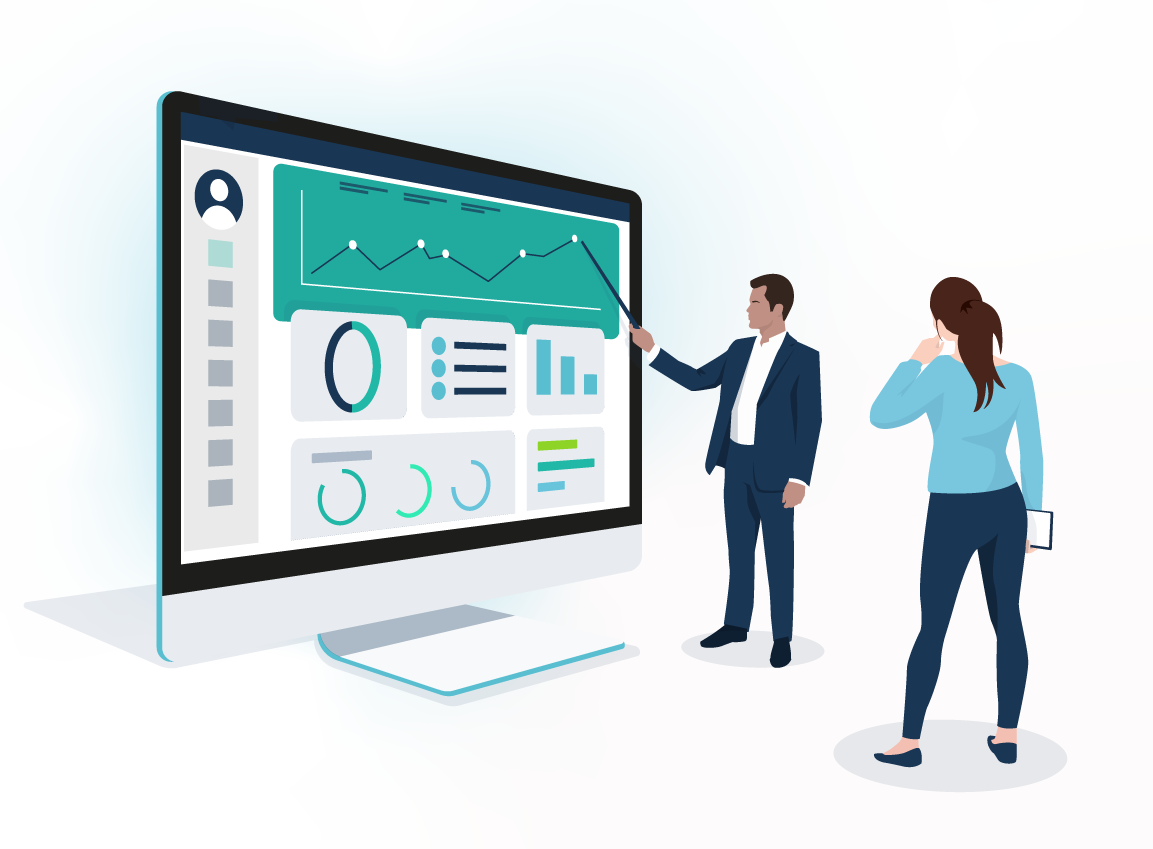
As we’ve gathered, formal training typically takes place in educational institutions or settings. And these training interventions are typically led by instructors, instructional designers or teachers.
They are experienced professionals who typically hold specific qualifications or have vast experience with a particular topic. Based on their expertise, these instructors decide what content to include in each curriculum and focus on creating pragmatic training programmes.
Instructors then systematically deliver these courses. They act as an assessor, authority and support for their learners.
3. Assessments & Certifications
From the learner’s perspective, formal learning is typically an intentional learning approach. They enrol in a course to achieve something in the end, whether that’s new skills or qualifications.
To ensure learners meet their set objectives, their progress is measured with tests and other assessments. Assessing your learners is essential. After all, success in these assessments proves that your learners have reached the end goal of comprehensive learning.
Typically, this leads to degrees, certifications or other qualifications that help your learners to convey their mastery. This gives them some well-earned recognition for all their hard work. And who doesn’t love getting their efforts noticed?
Learning Environments
Formal learning content and training materials can be delivered via traditional classroom training. However, advancing technology and recent world events have changed the L&D landscape. As a result, many organisations have moved to online or blended learning approaches.
But this doesn’t mean that formal training is no longer effective or feasible! Oh no. In the modern world, formal training can take place in a physical classroom, over the internet and even on mobile devices! Combined, these kinds of interactive classrooms can be the key to engaging and effective formal training.
Let’s take a better look at face-to-face classroom sessions and online training as separate learning environments.
1. Face-to-Face Training
When we think about formal learning, our minds tend to gravitate towards the structured courses and lectures that take place in educational institutions. These institutions, like schools, colleges and universities, focus on providing teaching as their main business.
As learners attend training in a physical setting, sessions typically include seminars, tutorials, coaching and group discussions. Educators create curriculums, content and materials in advance of these sessions. As the approach is structured, your learners are required to attend these sessions in person to progress in their learning journey.
But classroom training does not come without limitations. Formal face-to-face training sessions tend to be expensive and time-consuming to run. This creates an issue for cash-strapped and knowledge-hungry organisations. How can you provide your employees with formal training opportunities without breaking the bank?
Oftentimes, these organisations can only offer in-person training sessions a couple of times a quarter or year. After all, bringing together all your learners is difficult. It might take even longer for your learners to complete their training. As such, it only makes sense to combine face-to-face training with online learning or digital tools!
2. Online Training
While formal training used to be delivered solely face-to-face, the rise of online learning has challenged this traditional approach. Businesses and educational institutions increasingly rely on online training to deliver their formal learning strategies.
And it’s little wonder why! Online learning platforms, like learning management systems (LMS), make training quick and easy.
And with the various features available, you can still create effective formal training programmes — even if they now take place online. Learners no longer need to take time off to attend day-long training sessions. Instead, learners can simply log into their LMS when and where they wish.
Online formal training still provides a set of clear objectives that instruct and drive learners to complete desired actions. Learners are not provided with the freedom or choice they would receive throughout an informal learning programme.
The wonderful world of learning technology offers various tools that enable effective formal learning online. Beyond hosting and sharing training content, you can schedule live streams, group work sessions and create customised learning pathways.
However, you could say that the holy grail functionality of an LMS in formal training is its capability to make training easily measurable. For example, Growth Engineering LMS offers a robust reporting suite that helps you to record every step of your training programme.
Tools For Effective Formal Learning
Now that you know more about formal learning and different learning environments, let’s switch focus. Next, we will examine the tools you can use to deliver effective formal learning.
Formal learning often draws our minds to those long and boring lectures all of us have (unfortunately) experienced. But formal learning doesn’t have to be unengaging! In fact, there are quite a few ways you can make your formal training interventions more robust and interesting.
Let’s have a look at some of them!
1. Gamification
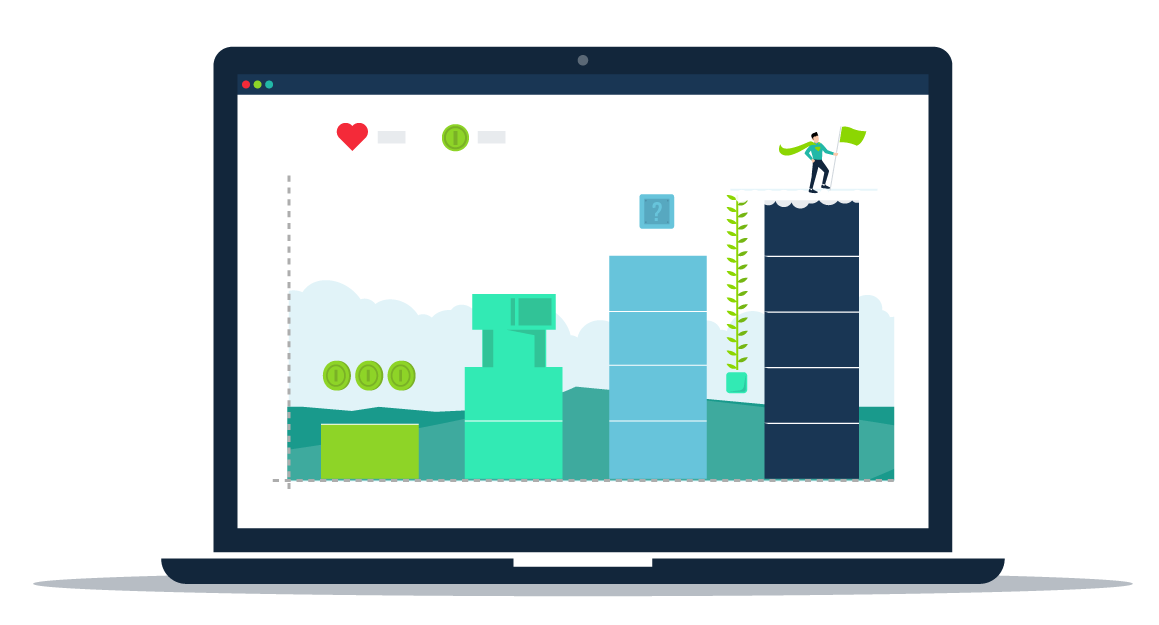
Gamification sounds way too fun, or perhaps childish, to be used in formal learning, right? But as we said, formal training doesn’t have to be boring. And gamification is far from silly children’s games!
Instead, gamification takes the mechanics that make games so fun and applies them to non-gaming contexts. In the world of online learning, game mechanics can help to make the experience more engaging and enjoyable. As a result, you will soon see learner engagement levels skyrocket.
Gamification features, like Experience Points (XP), Badges, Leaderboards and Levels, help you to build some healthy competition among your learners. In turn, this helps to keep your training materials at the front of their mind.
These features are an excellent way to call attention to top-performing employees. And as we know, formal learning programmes are goal-driven and often lead to qualifications. Elements like Badges and XP help you to provide recognition along the way!
But above all, gamification can help you to create an effective structure for your formal training programme. For example, breaking content into Levels will help you to determine what content units your learners need to complete before progressing to the next stage.
2. Learning Games
‘But isn’t this the same as above?’ I hear you ask. No, and let us tell you why! Gamification uses awesome features like Badges to share recognition and Leaderboards to add a competitive element to your training.
Learning games, on the other hand, are an excellent way to make your formal training content more exciting! They provide a great way to exercise our brains.
Most of us are familiar with games. In fact, there are more than 2.5 billion gamers in the world! Playing games comes naturally to us. As such, learning games hold habitual power. They encourage us to return again and again until we’ve completed the game and the end credits start to roll.
Whether you use interactive games in the classroom or online, learning games will make training fun and offer instant engagement.
3. Video Elements
Training sessions with dusty old textbooks or text-dense PDFs tend to be daunting and unengaging. Going through presentation slides one by one can make even the most engaged learners zone out.
Luckily, there is a simple cure for this kind of disengagement! Adding video and other interactive elements to your formal learning helps you to break up your lessons or learning units.
Individuals tend to retain more information through video than they would through a normal text format. In fact, Forrester Research found that one minute of video is worth a whopping 1.8 million words!
Videos are engaging and easy to consume. After all, our brain processes video 60,000 times faster than words. Furthermore, learners can easily pause and rewind important parts of the video to understand concepts better. As such, you should use videos to demonstrate the key points of your topic.
4. Support
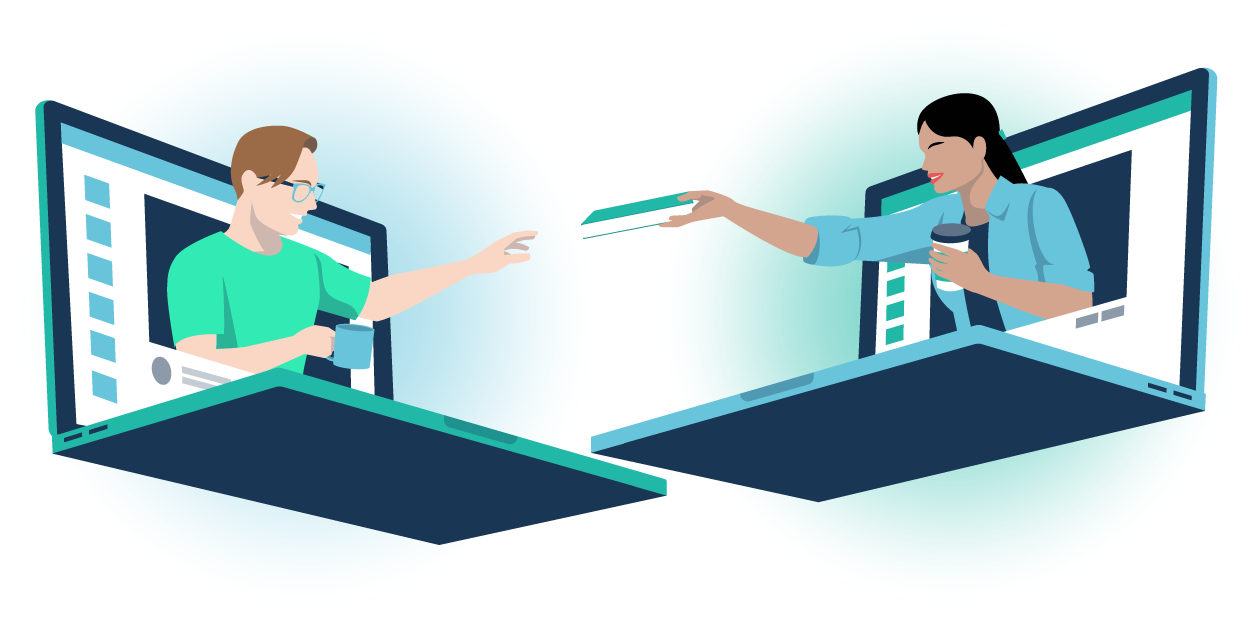
Formal learning topics can cover anything from straightforward product information to complex regulations and compliance training. There is a great chance that your learners will need help at some point in their learning journey.
Offering support as part of your formal training programme is essential. When your learners don’t understand a concept, they need to be able to ask questions and find support in real-time.
This is easy during traditional face-to-face classroom sessions. Learners just raise their hands if they have a question and get an answer straight away. But how about in an online learning environment?
Don’t fret! Online learning platforms offer various tools for instructor-to-learner or peer-to-peer support. For example, learners can approach their instructor through Live Chat or ask peers about their experiences in Clubs (focused discussion groups).
Growth Engineering LMS also comes with an Experts Area. Here learners can approach subject matter experts within their organisation or educational institutions. As a result, your learners will always have access to the best and most knowledgeable people for each topic.
Advantages Of Formal Learning
Formal and informal training follow very different beats. They are not mutually exclusive. And that means each has its strengths and weaknesses when it comes to learning strategies.
Typically, both formal and informal training have a role within your organisation. But as you already know, today we are focusing purely on the more structured kind. As such, let’s explore some of the advantages of using formal learning.
1. More Desirable For Certain Topics
When you step onto a plane, you would hope that your pilot has undergone a fair amount of formal training. This seems preferable to them learning through an unstructured learning course of their own design.
There are certain topics and courses you need to ensure are being taught properly. For example, compliance training tackles topics that all learners need to understand. To ensure that each and every one of your learners has acquired this required knowledge, you need to provide formal training.
To determine what topics are best suited for formal training, you should ask yourself one question: ‘does this training need to be measurable?’ The answer is often ‘yes’ when it comes to topics like workplace safety, information security, product training, onboarding and regulatory compliance training.
As these topics help to reduce risk, protect your employees and have a positive impact on the success of your organisation, you need to ensure each learner has completed their training.
2. Structured Approach
Formal learning is scheduled and takes place in a step-by-step manner. Having this kind of clear structure can be reassuring to your learners. They know exactly what to expect and how to prepare for their sessions.
Similarly, this structured approach means that you can ensure each of your learners receives the same training and understanding. Formal training provides you with a clear baseline.
Furthermore, formal learning typically has a designated duration. As these predefined training programmes have a set deadline, you can be confident that your learners are learning exactly as you planned.
As a result, they will gain all the skills and knowledge they need in a set timeframe. And this, of course, makes your planning process a lot easier!
3. Qualifications

Formal learning is often a certified process. This means that your learners will gain a certification, diploma or certificate once they complete their training programme. Learners can then use these qualifications to progress their careers by showcasing their mastery.
And even if your formal training programme does not lead to official qualifications, you can offer recognition through features like gamification! For instance, you could provide your learners with a special virtual Badge once they have completed all mandatory training sessions linked to their training programme.
They can then share this Badge on their social media profiles to help highlight the results of their hard work! This kind of recognition can have a huge positive impact on learner engagement.
4. Easier to Capture
Formal training is always quantifiable. This means it’s an assessable and measurable approach to training. Furthermore, as formal learning happens in a structured manner, you can track it as it happens.
For example, formal training courses can be organised into beginner, advanced and master level sub-courses. This structure helps to guide learners through increasingly difficult content. And because the outcomes are measurable, your learners will have a clear understanding of their capabilities upon completing the course.
This is true regardless of the training delivery method. Whether you measure progress through in-class tests or data captured by your LMS, you’re left in the perfect position to see and showcase how your learners are progressing.
This, in turn, helps you to determine whether your training programme is meeting your learning objectives. And, of course, you can also measure the impact your training has over a period of time to help understand your training ROI.
5. Improved Employee Performance
Last, but not least, formal training can have a big impact on employee performance. Formal training programmes make it easier and clearer for your learners to establish goals, seek out support and find the tools they need to excel in their roles.
As learning happens in structured environments, learners can always ask questions and get help from their instructors. Learners can also focus their time on topics they do not fully understand. This helps them to fill skill gaps and improve their productivity.
Similarly, formal training often takes advantage of high-quality training content. This means it’s accurate and up-to-date. As a result, it’s better for your learners and that means it’s better for your organisation.
Disadvantages
Formal learning comes with numerous benefits, but it’s not without some limitations and disadvantages. Whilst we don’t like to dwell on the negatives, they are worth considering when building your training programme! As such, let’s have a brief look at some of the known disadvantages:
- Formal learning doesn’t have the best reputation. It’s typically seen as less engaging — particularly as learners have less choice about what and how they learn.
- Assessments, exams and grades can sometimes lead to learner stress and anxiety, which can affect performance.
- Formal training is often more costly and time-consuming than informal learning.
- A lot relies on your admins and educators’ ability to organise and deliver training.
- Both fast and slow learners are forced to learn at the same pace regardless of their preferences. This can be frustrating for both types of learners.
Implementing Formal Training
Finally, let’s have a look at some of the steps you will need to take to successfully implement a formal training strategy. As formal training follows a structured approach, it’s typically easier to implement than an informal training programme.
1. Assess Current Skills
Okay, we know, this is true with any training programme. Before you implement formal training (or any training approach, for that matter), you need to assess what skills your employees currently hold.
You can do so by conducting a training needs analysis (TNA). Our interactive checklist is a great place to start! In the end, you will have a good idea of what your learners know and what skills they need to improve.
2. Set Objectives
Once you know what skills your learners have and what they need to gain (in terms of knowledge or capability), it’s time to set some clear learning objectives.
Remember to follow the SMART formula when creating your objectives to ensure they are achievable and accurate. Setting strong objectives will help you to create a course structure that meets your training needs.
3. Create A Course Structure
Formal training is an organised and structured approach to learning. As such, the first step for creating your course is to draft a roadmap. By laying out your objectives, needed skills and administration requirements, you can get a clear idea of what your training programme needs to deliver.
Your course structure will vary depending on your learning environment. As such, you need to determine if you are going to provide your formal training through in-person classroom sessions, online learning or a blended approach.
By determining this early on, you can make sure you take advantage of the strengths of each learning environment while designing your formal learning programme.
4. Design Your Courses
Once you have determined your approach, you need to think about the course design. Again, this depends on your learning environment. After all, what works in a classroom setting may not work online, and vice versa.
Formal in-person training usually consists of longer lectures and seminars with comprehensive presentations.
Online courses, on the other hand, typically include microlearning units that only take a few minutes to complete. By including these microlearning units in your mandatory modules, you can ensure your learners progress through all needed materials effectively.
5. Track Learning
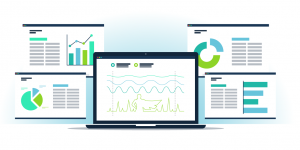
Once you have implemented your formal training programme, you need to track and evaluate whether you have achieved your training objectives.
Applying evaluation at the end of training is necessary for all courses, but it’s especially essential when it comes to formal learning. These training programmes require resources and attention to make an impact. It’s important that this investment doesn’t go to waste.
Similarly, your user data helps you to determine what tweaks may need to be made in the future. After all, some formal training sessions, like compliance training, may be required annually.
Final Words
Phew! There you have it, an introduction to formal learning. Regardless of technological advances, formal learning comes with benefits that are too good to pass up.
As a result, formal learning will always have its part to play in any employee training programme. Together, formal and informal learning help you to create a balanced and supportive learning experience for your learners.
If you would like to know more about how to create an effective training strategy, contact us today! Our engagement experts are ready to help you reach all your learning goals.

